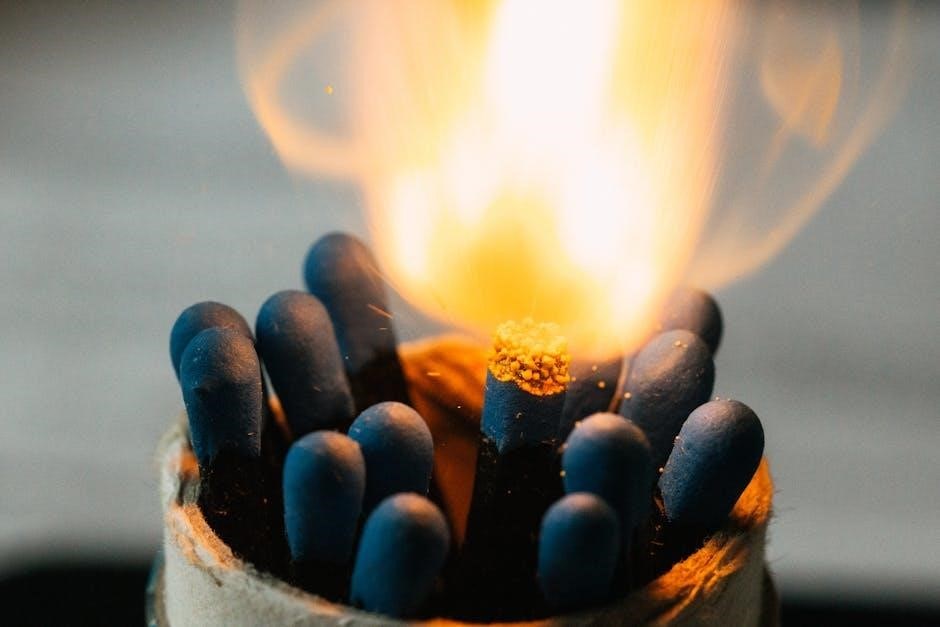Sublimation printing is a popular technique where heat transfers dye onto materials. It requires precise temperature, time, and pressure settings for vibrant, durable results on fabrics, ceramics, glass, and more.
What is Sublimation Printing?
Sublimation printing is a cutting-edge technique that transforms solid sublimation ink into gas when heated, embedding vibrant colors directly into materials like polyester fabrics, ceramics, and plastics. Unlike traditional methods, it bypasses the liquid phase, ensuring durable, long-lasting designs. The process relies on precise heat press settings to evenly distribute pressure and temperature, crucial for preventing issues like fading or ghosting. Ideal for customizing items such as apparel, mugs, and phone cases, sublimation offers superior color retention and versatility. However, it requires specific inks and papers, and while it’s efficient, mastering the right heat and pressure is essential for optimal outcomes.
Importance of Temperature in Sublimation Printing
Temperature is crucial in sublimation printing, affecting the conversion of solid ink into gas. Proper heat ensures vibrant, durable prints. Incorrect temperatures can lead to faded or discolored designs. Low heat may prevent full ink transfer, while excessive heat can damage materials. Each substrate, like polyester or ceramics, has specific temperature requirements. Balancing heat is essential for professional results and preventing issues like ghosting. Precise temperature control optimizes the sublimation process, ensuring high-quality, long-lasting designs across various materials, making it a key factor in achieving successful and visually appealing sublimation prints.
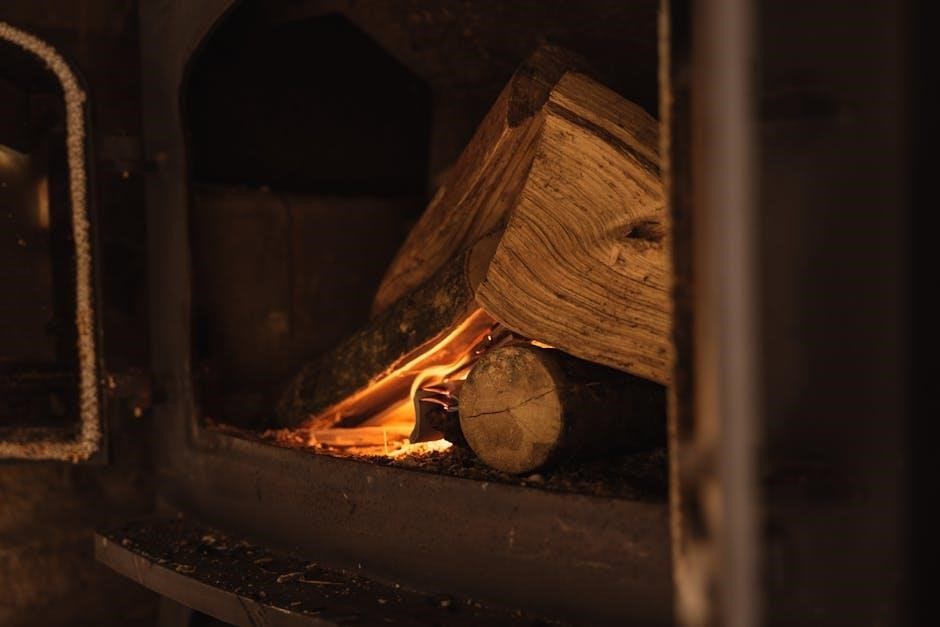
Understanding the Sublimation Process
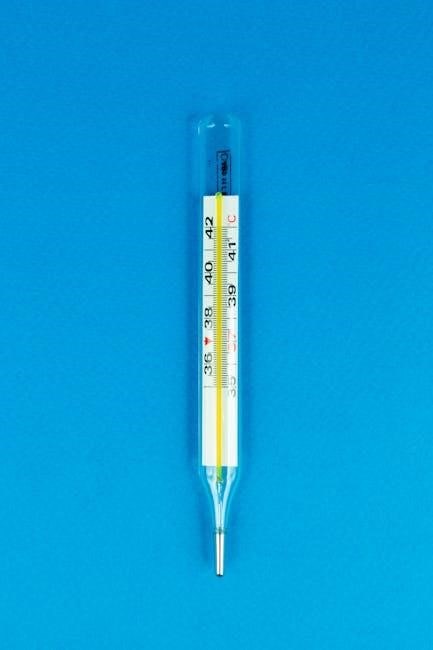
Sublimation involves transferring dye from paper to material using heat and pressure. A heat press applies precise temperature, converting solid ink into gas, creating durable, vibrant designs on various substrates.
The Science Behind Sublimation
Sublimation is a chemical process where a solid turns directly into a gas without melting. In printing, sublimation ink is heated, releasing gas that bonds with material pores. This endothermic reaction requires precise temperature and pressure to ensure optimal dye transfer. The heat press applies energy, converting ink into vapor that penetrates the substrate. Once cooled, the gas reverts to a solid, embedding the design permanently. This phase change ensures vibrant, wash-resistant prints. Understanding the thermodynamic properties of sublimation is key to achieving professional-quality results across various materials.
Role of Heat Press in Sublimation
The heat press is central to sublimation printing, applying heat and pressure to transfer dye onto materials. It converts solid sublimation ink into gas, embedding it into the substrate. The press ensures even temperature distribution and consistent pressure, critical for vibrant, durable prints. Adjusting settings like time and temperature optimizes results for different materials. Pre-pressing removes moisture, enhancing dye adhesion. Proper pressure prevents issues like ghosting or uneven transfer; The heat press’s role is pivotal in achieving professional-quality sublimation prints, making it an essential tool for both hobbyists and professionals in custom printing projects.
Factors Affecting Sublimation Temperature
Sublimation temperature is influenced by the type of material, substrate thickness, and dye properties. Higher temperatures are often needed for denser fabrics like polyester, while ceramics and glass may require lower settings. The heat press’s calibration and pressure also impact temperature distribution. Environmental factors, such as humidity, can affect pre-press preparation. Additionally, the sublimation ink’s sublimation point varies by brand, requiring adjustments. Monitoring these factors ensures optimal results. Proper settings prevent under-transfer or over-fixation, achieving vibrant, durable prints. Balancing these elements is key to mastering sublimation printing.

Materials Used in Sublimation Printing
Sublimation printing works best with polyester fabrics, ceramics, glass, metals, and specialty papers. These materials absorb sublimation dyes effectively, ensuring vibrant, long-lasting designs when heat-pressed correctly.
Types of Sublimation-Friendly Fabrics
Sublimation-friendly fabrics primarily include polyester and polyester blends. 100% polyester fabrics yield the best results due to their ability to hold sublimation dyes vividly. Blends with at least 80% polyester are also suitable, though color intensity may vary. Cotton and other natural fibers are less compatible since they lack the necessary polymer structure for dye sublimation. Specialized fabrics like neoprene and spandex can also be used with appropriate temperature and pressure settings to achieve desired prints. Always pre-press fabrics to remove moisture for optimal sublimation results.
Ceramics and Glass in Sublimation
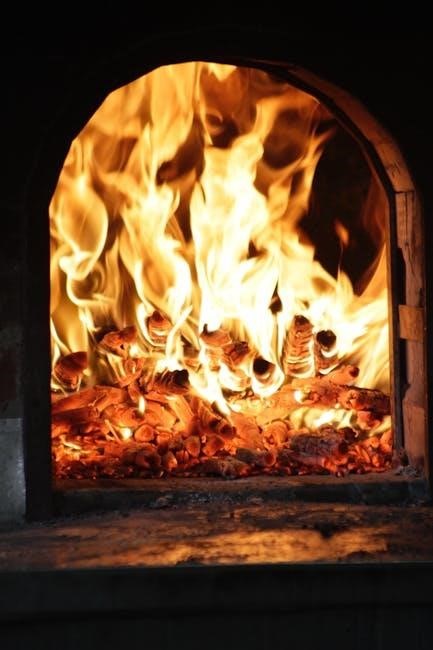
Ceramics and glass are popular materials for sublimation printing due to their smooth, non-porous surfaces. These materials allow vibrant, long-lasting designs when exposed to high heat and pressure. Sublimation on ceramics and glass typically requires temperatures between 350°F and 400°F (175°C to 204°C) and a pressing time of 4-5 minutes. Proper surface preparation is crucial to ensure the sublimation ink adheres evenly. Using a blow-out sheet can help prevent ghosting, while a clean, dry surface ensures optimal results. These materials are ideal for creating custom mugs, tumblers, and decorative items with bright, durable designs.
Metal and Plastic Substrates
Metal and plastic substrates are versatile materials for sublimation printing, offering durable and vibrant results. For metal substrates, optimal sublimation occurs at temperatures between 350°F and 400°F (175°C to 204°C) with a pressing time of 3-4 minutes. Plastic substrates, such as polyester-coated items, typically require slightly lower temperatures, around 300°F to 350°F (150°C to 175°C), with a similar time frame. Proper surface preparation is essential, and using a heat-resistant tape or spray can enhance adhesion. These materials are ideal for creating custom signage, promotional items, and decorative pieces with long-lasting, high-quality designs.
Paper and Other Specialty Materials
Paper and specialty materials, such as cardstock or rigid substrates, can be used in sublimation printing for unique applications. Sublimation-friendly papers typically require lower temperatures, around 250°F to 300°F (120°C to 150°C), with shorter press times of 1-2 minutes. These materials are ideal for creating custom cards, invitations, or art prints. Proper surface coating is essential to ensure the dye adheres evenly. Specialized papers may require pre-treatment or the use of a protective sheet to prevent ghosting. Experimentation is key to achieving vibrant, long-lasting results on these non-traditional substrates.
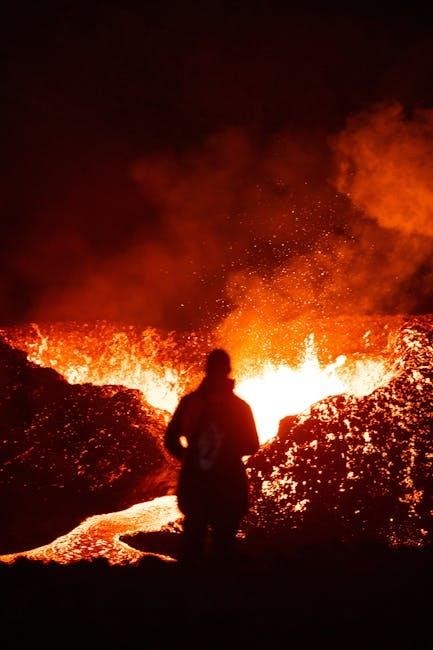
Temperature Guide for Common Sublimation Materials
Optimal sublimation temperatures vary by material: polyester fabrics at 400°F (204°C), ceramics and glass at 350-400°F (175-204°C), and metals at 300-350°F (150-175°C) for vibrant, durable results.
Optimal Temperature for Polyester Fabrics
The ideal temperature for sublimation printing on polyester fabrics is between 380°F (193°C) and 420°F (220°C). The most common recommended temperature is 400°F (204°C). This ensures the sublimation ink transitions smoothly from solid to gas, bonding deeply with the fabric. Lower temperatures may result in faded colors, while higher temperatures can damage the material. Pre-pressing the fabric to remove moisture is essential for even dye transfer. Time settings typically range from 30 to 45 seconds, depending on the fabric thickness and desired vibrancy. Proper pressure is also crucial to achieve sharp, consistent results.
Ceramic and Glass Sublimation Temperature
The optimal temperature for sublimation printing on ceramic and glass ranges between 350°F (175°C) and 450°F (230°C). For most applications, 400°F (204°C) is recommended to ensure vibrant and durable results. Higher temperatures can cause warping or cracking, while lower temperatures may result in faded designs. Pressing times typically range from 30 seconds to 3 minutes, depending on the substrate thickness and desired color saturation. Proper preheating and even pressure distribution are essential to achieve sharp, long-lasting prints. Always test settings on a small area first to avoid damage or discoloration.
Metal Substrate Temperature Settings
Metal substrates typically require a temperature range of 300°F (149°C) to 400°F (204°C) for sublimation printing. The ideal temperature is around 350°F (175°C) to ensure vibrant colors without damaging the metal; Pressure should be set to medium to high to maintain proper contact. The pressing time usually ranges from 1 to 3 minutes, depending on the metal type and thickness; For coated metals, direct sublimation works well, while uncoated metals may need heat-resistant tape. Always preheat the press and use a heat-resistant pad to prevent warping. Lower temperatures are recommended for thinner metals to avoid discoloration or bending.
Plastic and Specialty Material Temperature
Plastic and specialty materials require specific temperature settings for optimal sublimation results. Most plastics, like HDPE or PVC, need temperatures between 300°F (149°C) and 350°F (175°C). Specialty materials, such as acrylic or nylon, may require slightly lower temperatures, around 280°F (138°C). Pressing times typically range from 2 to 4 minutes, depending on material thickness. Higher pressure is often necessary to ensure proper dye transfer. Preheating the press and using a heat-resistant pad is crucial to prevent warping. For delicate plastics, reduce temperature by 10-20°F to avoid melting or distortion. Always test small areas first to ensure compatibility and desired results.
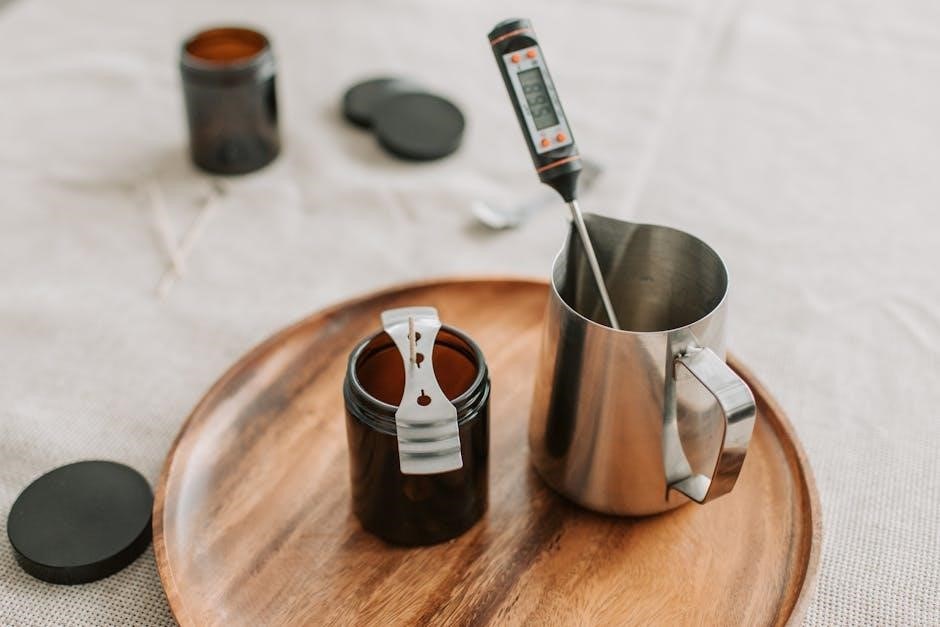
Time and Pressure Settings
Time and pressure settings are crucial for sublimation printing. Typical pressing times range from 30 seconds to 5 minutes, depending on material thickness. Proper pressure ensures even transfer.
Recommended Time for Different Materials
Time is critical in sublimation printing, varying by material. Polyester fabrics typically require 3-4 minutes at 400°F (204°C). Ceramics and glass need 4-5 minutes at 420°F (220°C). Metals, like aluminum, often take 3-4 minutes at 400°F (204°C). Plastics may need shorter times, around 2-3 minutes at 380°F (193°C). Paper and specialty materials usually require 1-2 minutes at lower temperatures, around 350°F (177°C). These durations ensure proper dye transfer and color vibrancy without overpressing. Adjustments may be needed based on material thickness and desired finish. Always consult specific substrate guidelines for optimal results.
How to Determine Pressure Levels
Pressure levels in sublimation printing vary by material. Light pressure is ideal for delicate fabrics like polyester, while medium pressure suits ceramics and glass. Metals and plastics require higher pressure for proper dye adhesion. Always adjust based on material thickness and density. Use a pressure gauge or manual dial to set levels accurately. Too little pressure may result in incomplete transfers, while too much could damage substrates. Test settings on scrap material first to ensure optimal results. Balancing pressure with time and temperature ensures vibrant, long-lasting prints without ghosting or under-transfer.
Adjusting Time and Temperature for Best Results
Optimal sublimation results require precise time and temperature adjustments. Generally, 300-400°F (149-204°C) for 3-8 minutes is standard, but materials vary. Polyester fabrics thrive at 400°F (204°C) for 4 minutes, while ceramics and glass may need lower temperatures, around 350-380°F (177-204°C), to prevent cracking. Metals and plastics often require shorter times, 2-3 minutes, at higher temperatures, 380-400°F (204-204°C). Always pre-press materials to remove moisture; Overheating can cause fading or substrate damage, while underheating leads to incomplete transfers. Test settings on scrap material first to refine parameters for specific substrates and ensure vibrant, durable prints.

Advanced Tips for Sublimation Printing
Mastering sublimation involves pre-press preparation, using tack sprays, and optimizing color management. These techniques enhance print quality, prevent ghosting, and ensure vibrant, professional results consistently.
Pre-Press Preparation for Sublimation
Proper pre-press preparation is crucial for successful sublimation. Start by ensuring materials are clean and dry. Pre-press shirts for 3-5 seconds to remove moisture, preventing unwanted steam. Use a heat-resistant tape to secure items in place, especially for uneven surfaces. Applying a tack spray to the substrate helps the transfer paper adhere better, reducing shifts during pressing. Additionally, always test a small area first to ensure the heat press settings are appropriate for the material. These steps minimize the risk of ghosting and ensure a sharp, vibrant transfer of the design.
Using Tack Spray and Blow-Out Sheets
Tack spray is essential for securing sublimation transfer paper to the substrate, preventing movement during pressing. Apply a light, even coat to the substrate or paper, ensuring proper adhesion. Blow-out sheets are placed between the substrate and press to catch excess ink and prevent residue buildup. Always use them for materials like ceramics or glass. These tools enhance print clarity and protect your press. Proper application ensures vibrant, professional results without ghosting or ink smudging, making them indispensable for achieving high-quality sublimation prints consistently.
Color Management and Brightness Settings
Color management is crucial for achieving vibrant sublimation prints. Adjusting brightness settings ensures proper ink transfer and color accuracy. Use ICC profiles to match your printer and substrate. Calibrate your monitor to preview true colors. Brightness levels affect how ink adheres under heat, so fine-tune them based on material thickness and finish. For darker fabrics, increase brightness to enhance color saturation. Spectrophotometers and color calibration tools help maintain consistency. Proper settings prevent washed-out designs, ensuring vivid, professional results. Always test settings on small samples before full production to verify color accuracy and brightness balance.
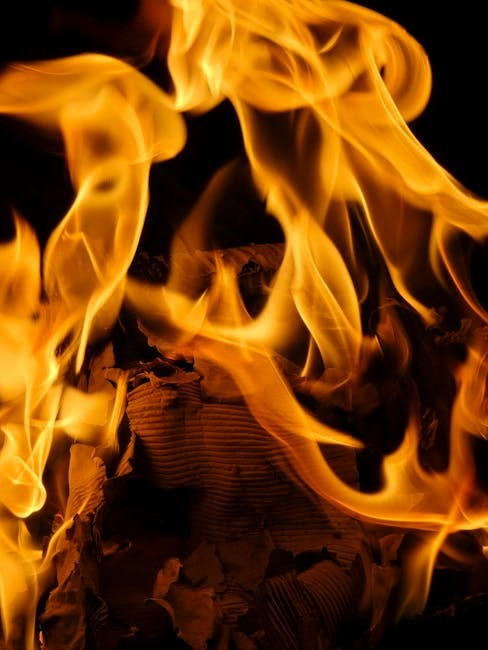
Troubleshooting Common Issues
Common issues in sublimation printing include ghosting, fading, and color inconsistency. Adjusting temperature, time, and pressure settings can resolve these problems. Ensure proper pre-press preparation and use tack spray to prevent issues.
Fixing Fading or Ghosting in Prints
Fading or ghosting in sublimation prints often occurs due to incorrect temperature or time settings. To fix this, ensure the heat press temperature matches the material’s requirements and adjust the dwell time. Using a tack spray can prevent substrate movement, while a blow-out sheet helps reduce ghosting caused by ink gas. Pre-pressing the material to remove moisture is also crucial. If issues persist, consult a detailed temperature guide for specific substrates like polyester or ceramics to optimize settings and achieve vibrant, long-lasting results.
Solving Issues with Color Consistency
Color inconsistency in sublimation printing can arise from incorrect temperature settings or mismatched materials. To address this, use a temperature guide specific to your substrate, ensuring optimal heat press settings for materials like polyester or ceramics. Calibrate your heat press regularly and verify ink levels in your printer. Conduct test prints on the same material to fine-tune settings. Color management software can also help align print profiles with your printer and substrate. For advanced results, consider using RIP software to optimize color output. Consistent pressure and dwell time further enhance color accuracy, ensuring vibrant and professional-looking prints every time.
Addressing Sublimation Failures
Sublimation failures often stem from incorrect temperature or pressure settings, improper material preparation, or mismatched substrates. To resolve this, ensure your heat press is calibrated and pre-press materials to remove moisture. Use the correct sublimation paper and ink for your printer. If prints appear faded, increase the temperature or dwell time slightly. For ghosting issues, apply tack spray or a blow-out sheet. Test settings on scrap material before final production. Regularly clean the heat press and check for even pressure distribution. Adjusting these factors can significantly improve print quality and prevent common sublimation failures, ensuring crisp and vibrant designs every time.
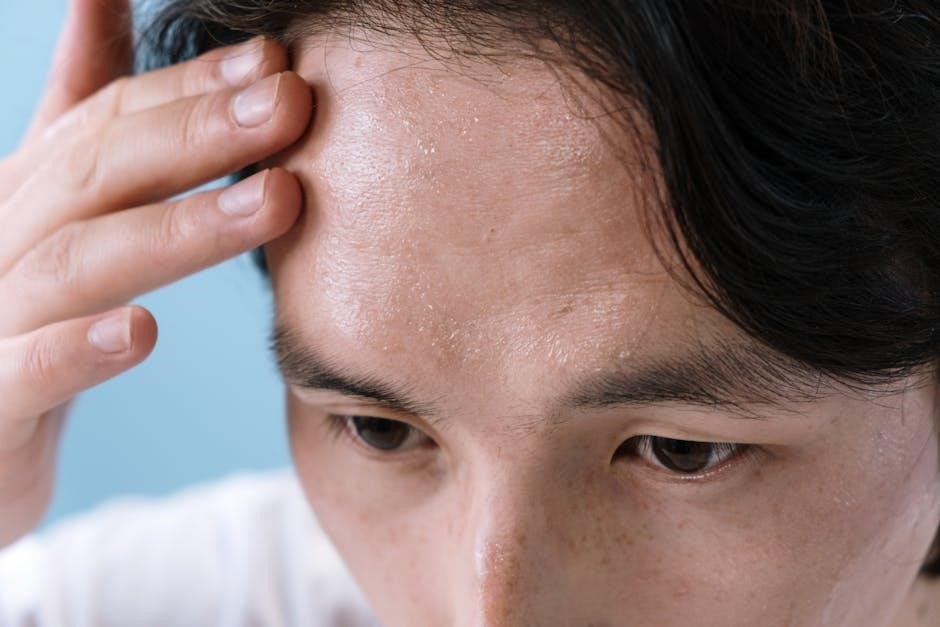
Safety and Maintenance
Ensure safety by wearing gloves, keeping the heat press on a stable surface, and avoiding overheating. Regularly clean and maintain the press for optimal performance and longevity.
Safety Precautions for Heat Press Use
Always wear protective gloves and goggles to prevent burns and eye injuries. Ensure the heat press is placed on a stable, heat-resistant surface. Keep children and pets away during operation. Proper ventilation is essential to avoid inhaling fumes from sublimation inks or materials. Never leave the heat press unattended while in use. Follow the manufacturer’s guidelines for temperature and pressure settings to avoid overheating. Regularly inspect the press for worn or damaged parts and clean it to prevent dust buildup. Maintaining a safe environment ensures efficient and injury-free sublimation printing experiences.
Maintenance Tips for Your Heat Press
Regularly clean the heat press to remove residue and ink buildup. Use a soft cloth and mild detergent to wipe the heating plate and surfaces. Inspect and replace worn-out parts like pads or springs to ensure even pressure. Lubricate hinges periodically to maintain smooth operation. Check the temperature calibration for accuracy and adjust as needed. Store the heat press in a dry, cool place when not in use. Refer to the user manual for specific maintenance instructions to prolong the life of your heat press and ensure optimal performance in sublimation printing.
Mastering sublimation printing requires balancing time, temperature, and pressure. By following guidelines and maintaining equipment, you can achieve vibrant, long-lasting designs across various materials, driving creativity and innovation.
Final Thoughts on Sublimation Printing
Sublimation printing offers endless creative possibilities for producing vibrant, long-lasting designs on various materials. By mastering heat press settings and understanding the importance of temperature, time, and pressure, you can achieve professional results. Proper pre-press preparation, such as using tack spray and blow-out sheets, ensures crisp transfers. Experimenting with different materials and adjusting settings based on guidelines helps refine your craft. Regular maintenance of your heat press and attention to safety precautions are key to extending its lifespan. With practice, you’ll unlock the full potential of sublimation printing, creating stunning designs for personal or commercial projects.
Future Trends in Sublimation Technology
Advancements in sublimation technology are expected to revolutionize the industry. Eco-friendly inks and sustainable practices are gaining traction, reducing environmental impact. Automated heat presses with smart sensors will optimize temperature and time settings, ensuring precision. Integration of AI for real-time monitoring and predictive maintenance is on the horizon. Expanded compatibility with diverse materials, including recycled substrates, will broaden creative possibilities. Additionally, advancements in 3D printing and custom textile manufacturing could merge with sublimation, offering innovative applications. These trends promise to enhance efficiency, sustainability, and design versatility, making sublimation printing more accessible and dynamic for both hobbyists and professionals.
